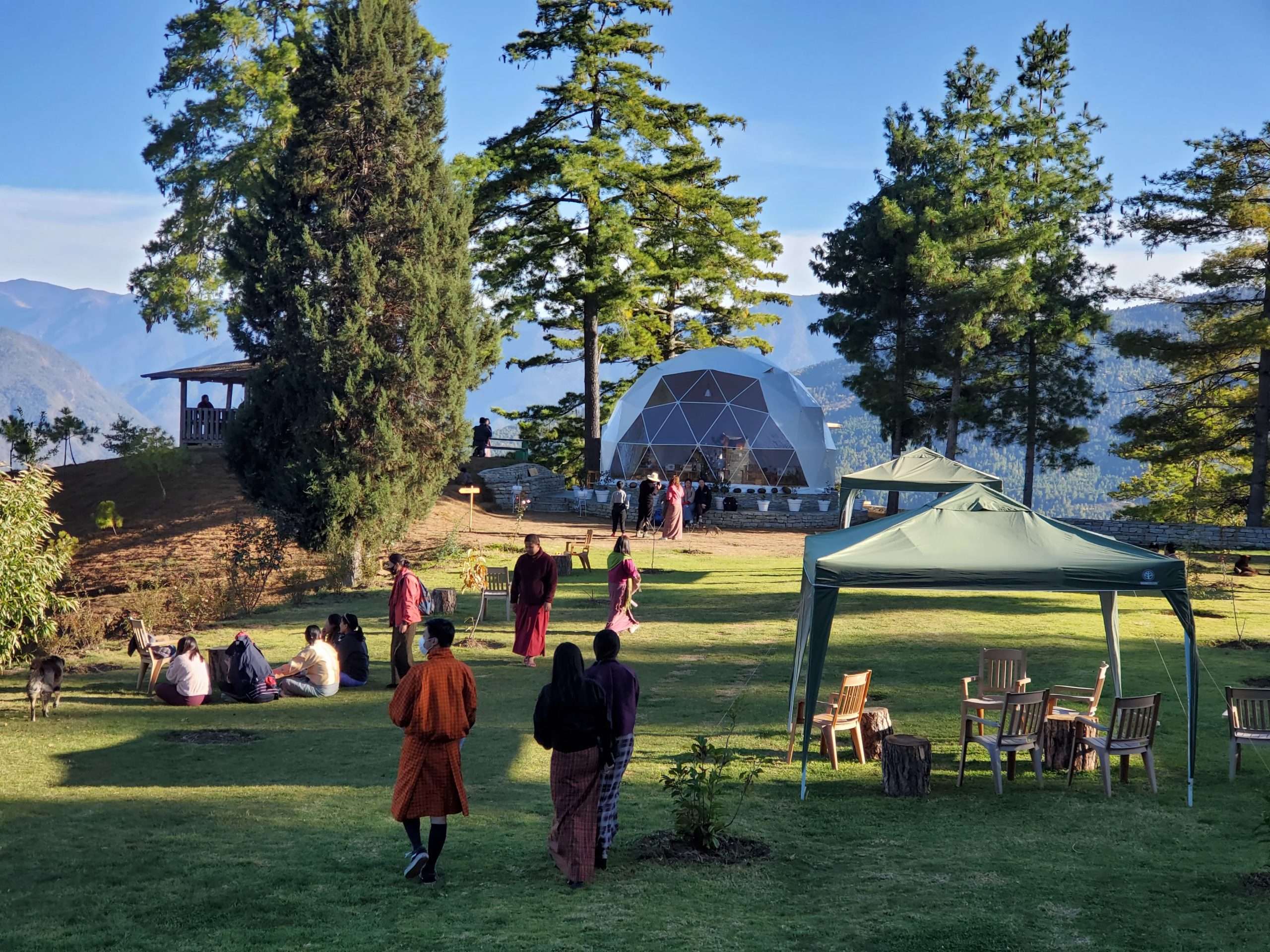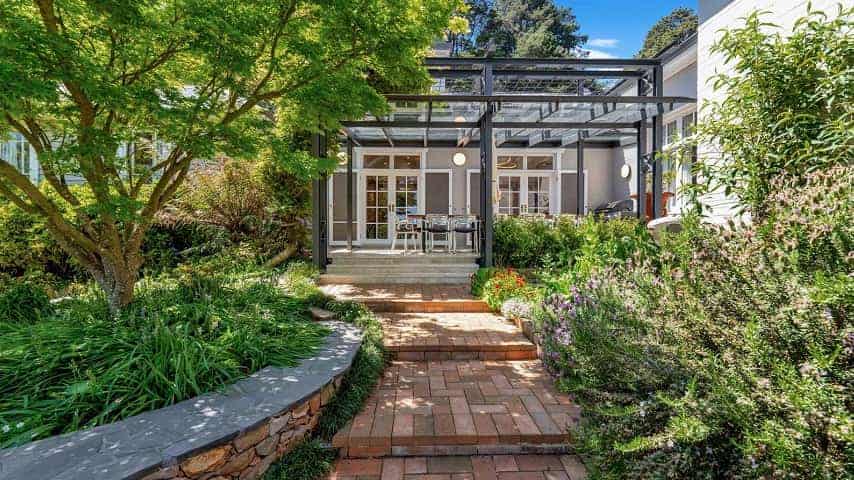Discovering Tashichho Dzong: A Guide to Bhutan’s Stunning Thimphu Dzong
Introduction to Tashichho Dzong
Nestled in the heart of Thimphu, the capital of Bhutan, lies a grand fortress called Tashichho Dzong. Locals also call it the Thimphu Dzong. It is a beautiful building with white walls, golden roofs, and wooden details. Tashichho Dzong is more than just a pretty place. It holds deep meaning for the people of Bhutan.
This article will guide you through its rich history, importance, and what makes it one of Bhutan’s top attractions.
What is a Dzong?
First, let’s talk about what a dzong is. A dzong is a large fortress found in Bhutan and parts of Tibet. It usually serves two main purposes. It is both a religious centre and a place for government work. Inside, you’ll find temples, offices, and monks’ living quarters.
These buildings are made using traditional methods. Workers use no nails or metal. Still, they are strong and last for hundreds of years.
A Brief History of Tashichho Dzong
Tashichho Dzong was first built in the 13th century. A monk named Lama Gyalwa Lhanangpa founded it. However, the original structure did not last. Over time, it was rebuilt several times due to fires and earthquakes.
The most recent rebuild happened in the 1960s. His Majesty, King Jigme Dorji Wangchuck, moved the capital to Thimphu. He then had Tashichho Dzong restored. Since then, it has been the seat of the Bhutanese government.
Today, it houses the throne room and offices of the king. It also has rooms for the monks and a central temple.
Location and Surroundings
Tashichho Dzong sits next to the Wang Chhu River, surrounded by lush gardens and tall mountains. It is a peaceful and quiet area. The wide green lawns and clear skies make the place feel calm and pure.
From the outside, the dzong looks grand. Inside, you’ll find rich paintings, wooden carvings, and sacred statues. The air smells of incense, and monks in red robes chant prayers.
Just a short walk away is the Royal Palace and other important government buildings.
Why is Tashichho Dzong Important?
Tashichho Dzong is important for many reasons:
- Government Work – It is the main centre of Bhutan’s government. The king and ministers work here.
- Religious Life – Monks live and pray inside the dzong. It is also the summer home of the central monk body.
- Cultural Events – Many festivals take place here, such as the famous Thimphu Tshechu. This is a colourful celebration with dances, music, and prayer.
Because of these reasons, the dzong is a symbol of Bhutan’s heart — where religion, royalty, and people come together.
Visiting the Thimphu Dzong
Tourists are welcome to visit the dzong. However, some parts are not open to the public because they are in use for official work. Still, there is much to see and enjoy.
The best time to visit is during the Thimphu Tshechu, which happens in autumn. During the festival, monks and dancers wear bright costumes and masks. They perform traditional dances that tell old stories.
When you visit, remember to dress modestly. Speak quietly and respect the sacred spaces.
Tips for Your Visit
- Go in the late afternoon – The light is perfect for photos.
- Hire a local guide – They will explain the history and meaning of each part.
- Wear long sleeves and trousers – This shows respect.
- No photos inside the temples – But you can take pictures outside.
Easy Way to Understand Bhutanese Culture
Tashichho Dzong is not just a building. It is a window into Bhutan’s past and present. It shows how Bhutan blends tradition and modern life. Here, the king works in the same place where monks chant and pray.
The dzong shows Bhutan’s focus on harmony. Government, religion, and the environment all come together in one place. Visitors leave feeling calm, inspired, and closer to Bhutan’s peaceful way of life.
Conclusion
Tashichho Dzong is a must-see for anyone visiting Bhutan. It stands tall and proud in Thimphu, shining with beauty and history. Whether you come for the culture, the views, or the peaceful air, the Thimphu Dzong will not disappoint.
You don’t need to be an expert to enjoy it. Its charm speaks to everyone, young or old. And once you’ve been, you’ll carry a bit of Bhutan’s magic in your heart.











